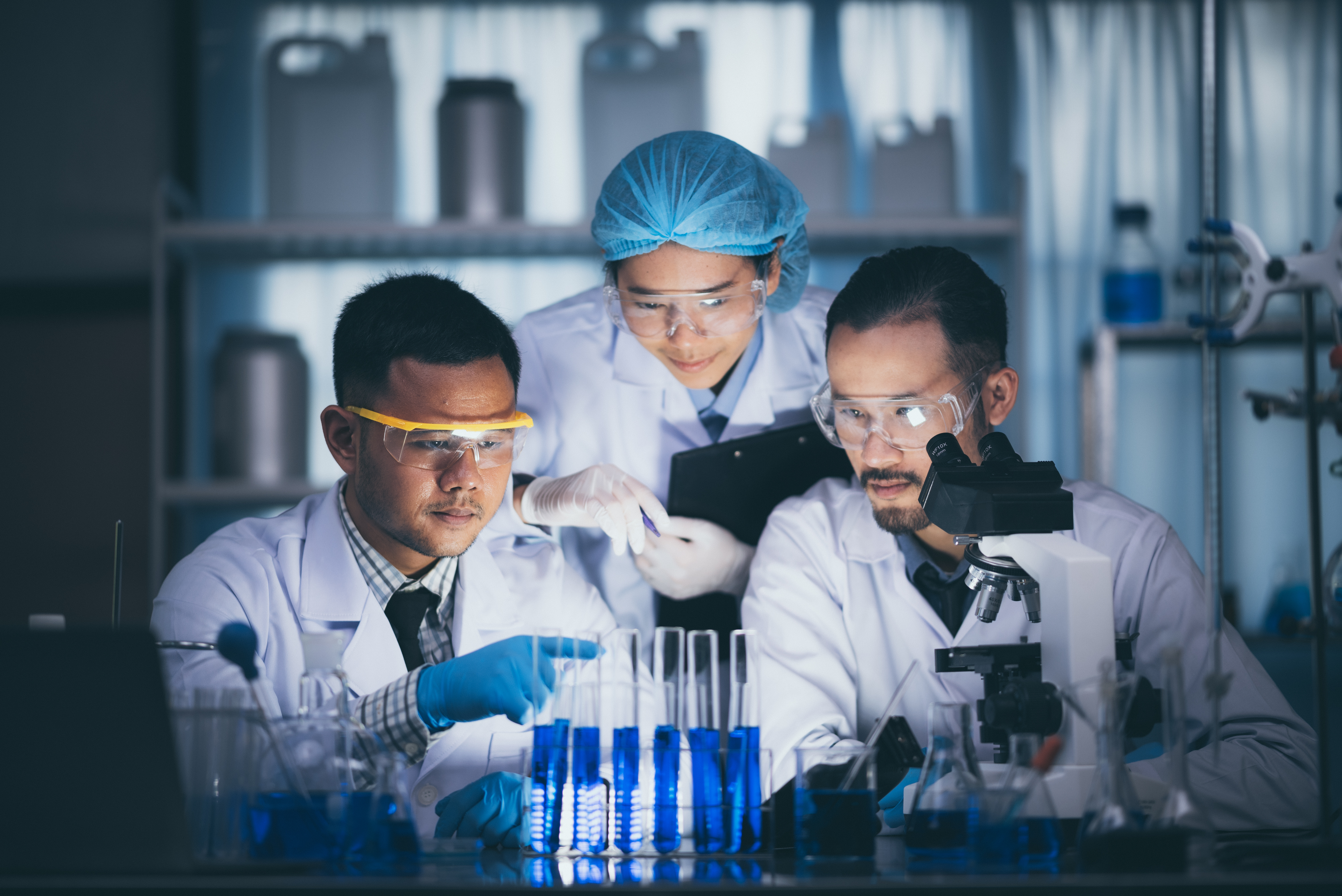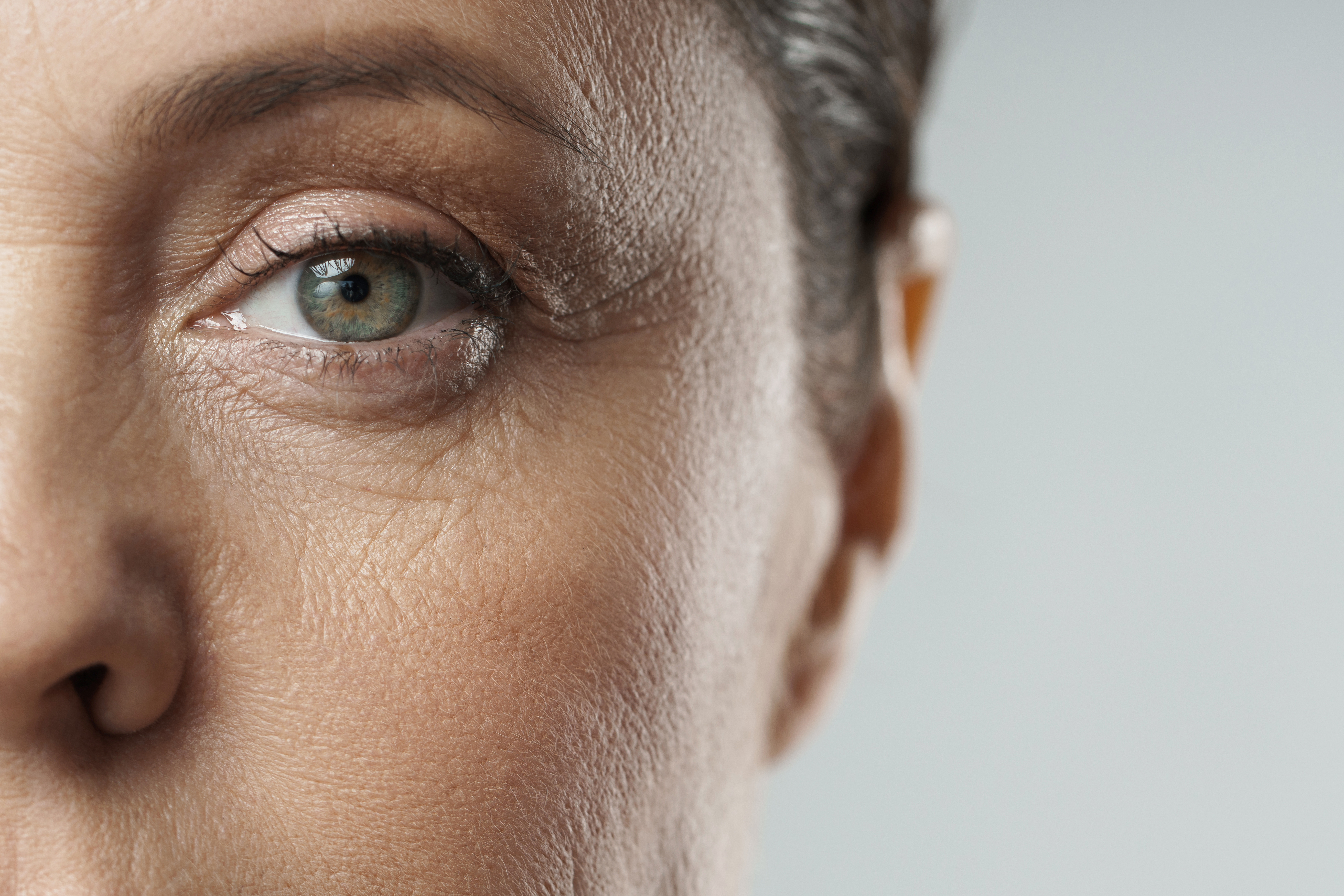A new age reversing therapy has shown promising results in mice. Salk researchers shared the results of their testing in a new study earlier this month. They published the study, titled “In vivo partial reprogramming alters age-associated molecular changes during physiological aging in mice”, in the journal Nature Aging.
This age reversing therapy countered the signs of aging in mice
The purpose of the study was to find a therapy that reversed the signs of aging without leading to additional health problems. The scientists at Salk partnered up with Genentech, a member of the Roche Group, to test a cell rejuvenation therapy in mice. They tested the effectiveness of the in middle-aged and elderly mice.
The age-reversing therapy is made up of multiple reprogramming molecules including Oct4, Sox2, Klf4, and cMyc. They call the molecules the Yamanaka factors. The scientists tested multiple versions of the cell rejuvenating therapy in healthy animals as they age. One group received regular doses from the ages of 15 months to 22 months old–roughly 50 through 70 years old in human years.
The second group was treated with the Yamanaka factors from 12 to 22 months old. That’s roughly age 35 through 70 in human years. Finally, the last group receive treatments for just one month at 25 months old, around 80 years old in humans.
Safety first, results second

So far, the scientists say they have seen amazing returns from the tests. Of course, each group has returned different changes and observations. The mice that were exposed to the age-reversing therapy over several months now look much younger. The signs of aging have vanished from their outer appearance. Additionally, they have not contracted any illnesses or side effects, such as cancer.
The authors of the study say doing this safely was very important to them.
What we really wanted to establish was that using this approach for a longer time span is safe,” Pradeep Reddy, a Salk staff scientist and co-author of the new paper said in a statement. “Indeed, we did not see any negative effects on the health, behavior, or bodyweight of these animals.”
They’re continuing to observe the mice to see how the age-reversing therapy affects them in the long run. For now, though, it looks very promising.
This could open new doors for reversing human aging

Of course, the most promising part of creating a successful age-reversing therapy is the possibility it could one day work on humans. Salk says it hopes that one day we’ll be able to make use of age reversing therapies like this to restore our own health and prolong human life.
The researchers say that the amazing results they’ve witnessed so far did not appear immediately. In fact, they hadn’t even appeared midway through the tests. This led the team to believe that the Yamanaka factors actively reversed the effects of aging in the mice instead of simply pausing it.
Since it is actively restoring aging cells, the therapy could open new doors for how we reverse human aging. Of course, we’re still a long way from that. But, these results are still an exciting step towards that end goal.








